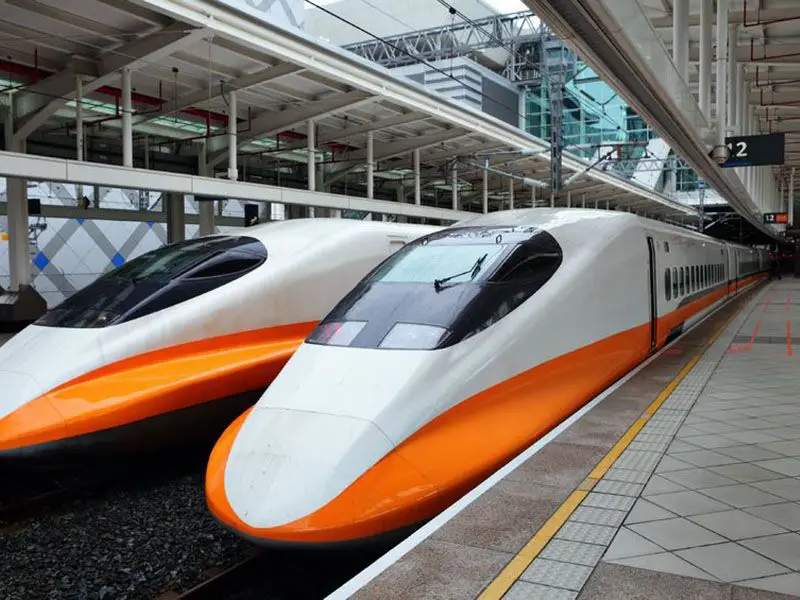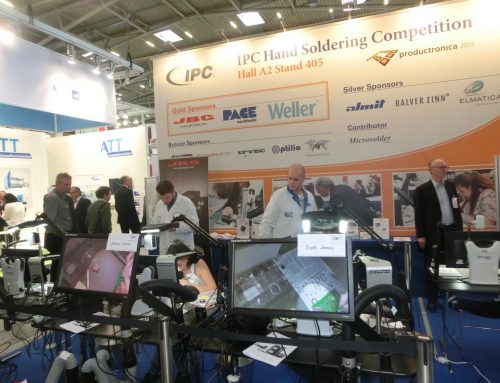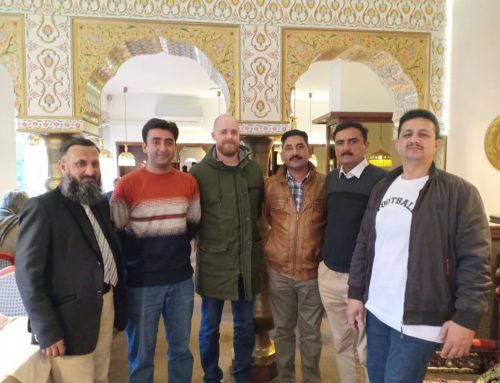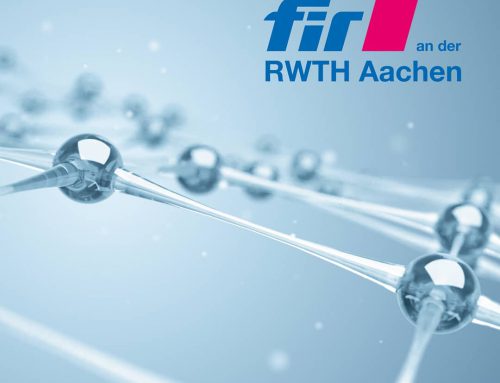Trains as we know them today will not be around in the future. Rail travel and transport will be of a totally different kind. Artificial intelligence and big data will make them tailor-made work. By using big data the traveller’s ticket will signal to the train where it will be going and where it will automatically be stopping.
Train and rails maintenance cannot do without big data and artificial intelligence either. Condition Based Maintenance (CBM) allows employees to do real-time checks. This gives them enough time to react when something is wrong with certain systems.
Using drones in rail traffic also happens more and more, e.g. when Prorail checks switches. This is far cheaper than sending out staff. Deutsche Bahn (DB) uses drones to prevent people from smudging stations with graffiti, etc. Apart from this, DB is currently experimenting with driverless trains on various routes. Its aim is to have these in constant operation on many routes before 2021.
The Hyperloop (https://www.youtube.com/watch?v=7A7GsAPR3J0) is a technological development that we will be hearing a lot about. This form of rail travel could be turned from fiction into fact within four years, allowing us to travel at speeds of up to 700 mph. This would mean that we could travel by Hyperloop from China to the USA in two hours.
Trains will be an extremely exciting playing field, technologically speaking. Slow trains will be a thing of the past. Mechanical engineers will team up with experts in other fields, such as ICT, interior decoration, ergonomics, landscaping and architecture to create the trains of the future.
PIEK works closely with various international players in the field of rail traffic. This guarantees that PIEK’s instructors are always abreast of the latest developments and can always share this in their courses.






